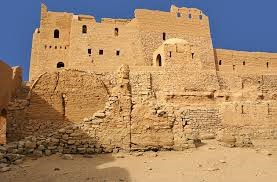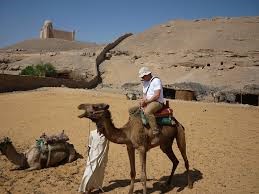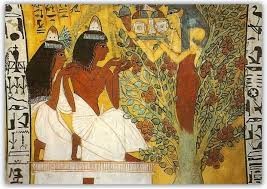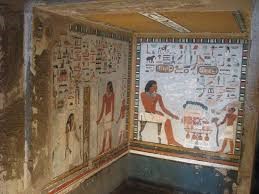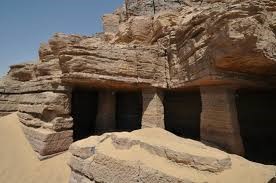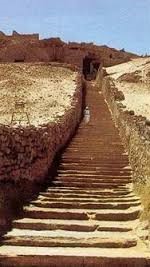Itinerary:
Most of visitors come to Aswan area will most likely visit St. Simeon (Deir Anba Sim’an), the monastery otherwise known as Anba Hatre. It is very likely that this will also include their one substantial camel ride (about 15 minutes), which is how these ruins, located some one thousand two hundred meters from the west bank oppose the southern tip of the island of Elephantine, are usually accessed. The monastery was given the name St. Simeon by archaeologists and travelers, but earlier Arabic and Coptic sources called it Anba Hatre (Hidra, Hadri, Hadra), after an anchorite who was consecrated a bishop of Syene (now Aswan) by Patriarch Theophilus (385-412 AD). Anba Hatre married at the age of eighteen. Tradition provides that just after the wedding, he encountered a funeral procession which inspired him to preserved his chastity and later become a disciple of Saint Baiman. After eight years of ascetic practices under the supervision of his teacher, he retired to the desert and applied himself to the study of the life of Saint Antony. He died during the time of Theodosius I.
Excursion Included:
- Pick up services from your hotel or Nile cruise in Aswan and return
- All transfers by a private air-conditioned vehicle plus motor boat.
- Camel Ride upon arrive.
- Private Egyptologist.
- Mineral water on board the vehicle during the tour
Excursion Excluded:
- Entrance fees to the site.
Notes:
Entrance fees for all sites accepted just in Egyptian pounds
- Tipping for the driver and the guide (and it is up to you, No Pushing at all).
- Any extras not mentioned in the program
Duration: Approximately 2 Hours.
Prices:
| From 1 To 3 pax | From 4 up to 6 pax | |
| Prices | 40 $ | 75 $ |
Nobles Tombs
These types of tombs have been discovered in several different parts of Egypt, including Aswan. Interestingly, such tombs are also often called “Princes’s Tombs” despite the fact that they were not reserved only for princes and princesses. Instead, they were routinely used as burial sites for priests, officials, and even for certain workers.
The main reason why the Tombs of the Nobles Aswan are considered to be so significant is because they are among the oldest such tombs ever discovered in Egypt. The first of these ancient tombs were carved out of the rock during the time of the Old Kingdom, and they’ve remained intact throughout the Middle Kingdom and New Kingdom periods.
Apart from being the chambers in which several nobles were laid to rest, the Tombs of the Nobles Aswan are also unique in that they contain linked family complexes. These family complexes were in turn found to contain important text describing their families as well as various aspects of everyday life in Egypt at the time.
One thing which you can’t help noticing when you enter these ancient tombs, is the fact that the colors of the wall paintings and other wall decorations are exceptionally vivid. The majority of the paintings illustrate everyday Egyptian life, and many also include hieroglyphic biographies and inscriptions.
The most striking wall decorations are without question found in the linked tombs, or “tomb complex” belonging to Sarenput I and Sarenput II. Visitors will also be amazed by the beauty of the tomb which today is simply known as Tomb 31. Archeologists know that this tomb belonged to royals, but their exact identity has not yet been determined.
Over and above the tombs already mentioned, there are several more which are truly spectacular, including the tombs belonging to Pepynakht; Harkhuf; Khunes and Mekhu Qubbet Al Hawwa, after whom the Tombs of the Nobles Aswan burial site is named.
Prices:
| From 1 To 3 pax | From 4 up to 6 pax | |
| Prices | 30 $ | 50 $ |
Option:
You can combine the tour of Nobles tombs with the visit to St. Simeon Monastery,
And the price will be as below:
| From 1 To 3 pax | From 4 up to 6 pax | |
| Prices | 55 $ | 95 $ |
